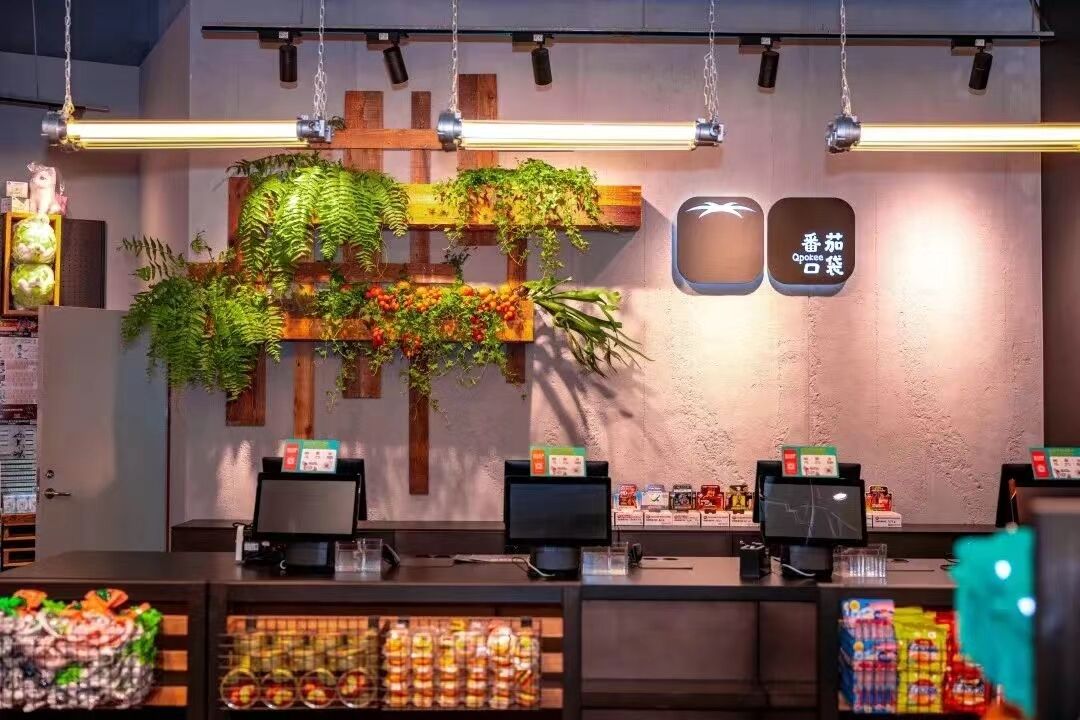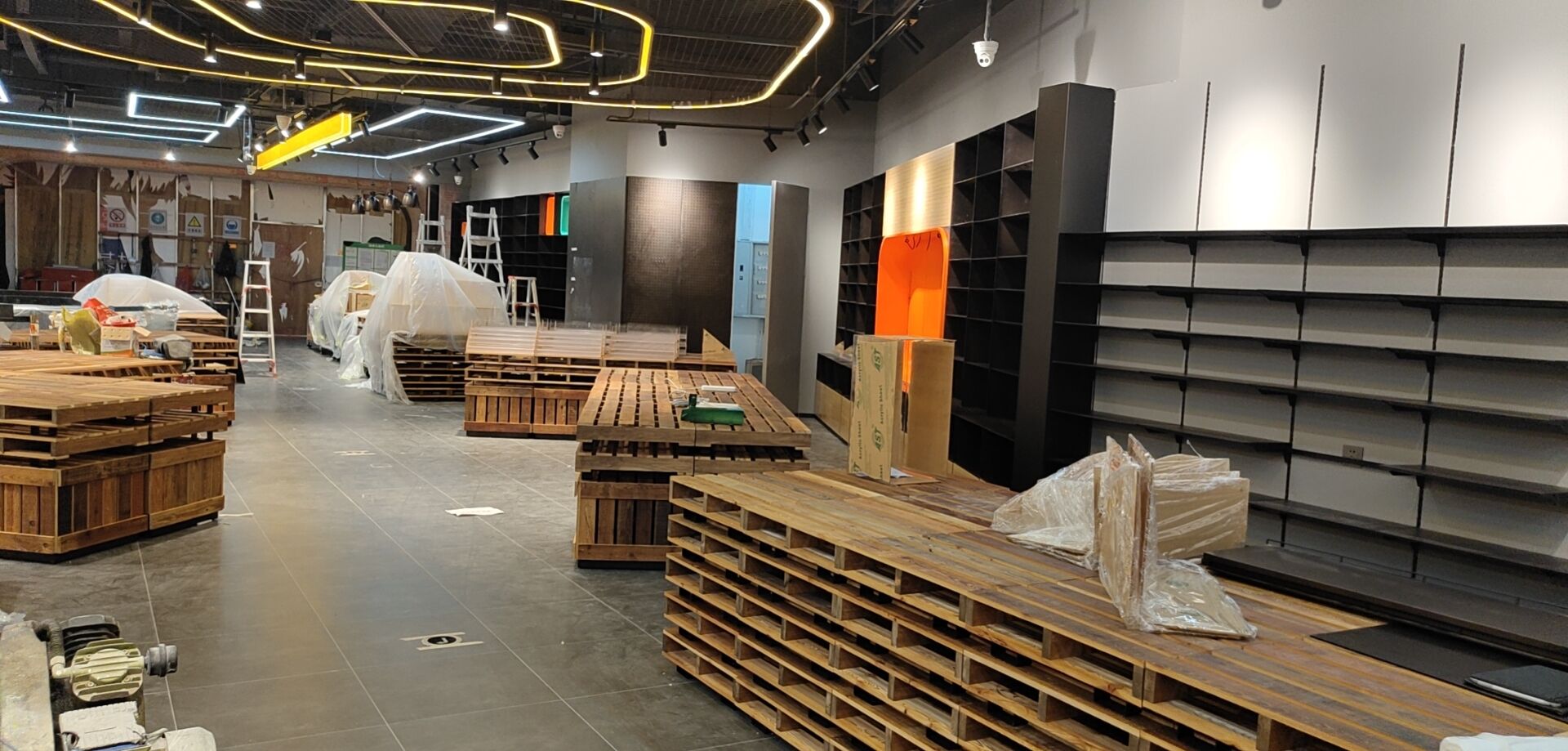Unleashing the Power of Strategic Retail Display Placement
The strategic placement of merchandise in retail environments can dramatically influence customer behavior and purchasing decisions. Among the most powerful tools in a retailer's arsenal are endcap displays, those prominent fixtures located at the ends of store aisles that catch shoppers' attention and drive impulse purchases. When properly executed, endcap displays can increase product visibility, boost sales, and enhance the overall shopping experience.
Today's retail landscape demands innovative approaches to merchandise presentation, and endcap displays represent a prime opportunity to showcase products and capture customer interest. By understanding the psychology behind effective display design and implementing proven strategies, retailers can transform these valuable spaces into powerful sales generators.
Essential Elements of Effective Endcap Design
Visual Hierarchy and Product Arrangement
Creating an impactful endcap display begins with understanding the principles of visual merchandising. The most successful endcap displays utilize a clear visual hierarchy that guides the customer's eye through the presentation. Start by placing your hero product at eye level, typically between 4.5 to 5.5 feet from the floor. Supporting items should be arranged in a complementary manner, with larger items towards the bottom for stability and smaller items at the top.
Color coordination plays a crucial role in catching and holding customer attention. Consider using color blocking techniques or creating visual patterns that make your endcap displays stand out from surrounding merchandise. Remember to maintain adequate spacing between products to prevent a cluttered appearance and ensure each item is easily accessible.
Lighting and Signage Integration
Proper lighting can transform an ordinary endcap display into a compelling focal point. Strategic illumination helps highlight key products and create an inviting atmosphere that draws customers in. Consider using spotlights or LED strips to enhance visibility and create dramatic effects that make your products more appealing.
Clear, professional signage is essential for communicating value propositions and promotional messages. Ensure your signage is concise, legible, and positioned where it can be easily read without obstructing product view. Digital displays can add an interactive element and allow for dynamic content updates.
Strategic Product Selection and Rotation
Seasonal and Trending Items
Successful endcap displays require careful consideration of product selection and timing. Seasonal merchandise should be featured 4-6 weeks before major holidays or events to capture early shoppers while maintaining relevance through the season. Monitor market trends and customer preferences to identify products that will resonate with your target audience.
Create a rotation schedule that keeps your endcap displays fresh and exciting. Consider changing displays every 2-4 weeks, depending on product performance and seasonal demands. This regular refreshment helps maintain customer interest and provides opportunities to showcase different product categories.
Cross-Merchandising Opportunities
Maximize the impact of your endcap displays by incorporating complementary products that encourage multiple purchases. For example, pair main dishes with appropriate side items in grocery stores, or combine power tools with necessary accessories in hardware stores. This strategic grouping not only increases average transaction value but also provides convenient shopping solutions for customers.
Consider creating themed endcap displays that tell a story or solve a specific customer need. These solution-based presentations can significantly increase the likelihood of multiple item purchases and enhance customer satisfaction.

Measuring and Optimizing Performance
Key Performance Metrics
To ensure your endcap displays are delivering maximum results, implement a comprehensive monitoring system that tracks key performance indicators. Monitor sales velocity, conversion rates, and profit margins for products featured in endcap displays compared to their standard shelf placement. Analyze customer traffic patterns and dwell time to understand how shoppers interact with your displays.
Use advanced analytics tools to gather detailed insights about product performance and customer behavior. This data can help identify which combinations of products, pricing strategies, and display designs generate the best results.
Continuous Improvement Strategies
Regular assessment and refinement of your endcap display strategy is crucial for maintaining optimal performance. Conduct A/B testing with different product combinations, signage designs, and pricing strategies to identify the most effective approaches. Pay attention to customer feedback and shopping patterns to make informed adjustments to your display tactics.
Develop a feedback loop that incorporates input from store staff, customer surveys, and sales data to continuously improve your endcap display execution. Train staff to properly maintain displays and gather customer insights that can inform future merchandising decisions.
Frequently Asked Questions
How often should endcap displays be updated?
For optimal performance, endcap displays should typically be refreshed every 2-4 weeks, depending on factors such as seasonal demands, product performance, and promotional schedules. However, some displays may require more frequent updates during peak shopping periods or special events.
What products work best in endcap displays?
The most successful endcap displays often feature high-margin items, seasonal merchandise, new product launches, or promotional items. Products that solve specific customer needs or complement commonly purchased items tend to perform particularly well in these prominent locations.
How can I measure the success of my endcap displays?
Success can be measured through various metrics including sales lift compared to standard shelf placement, conversion rates, profit margins, and customer engagement levels. Implement tracking systems to monitor these KPIs and regularly analyze the data to optimize your display strategy.




